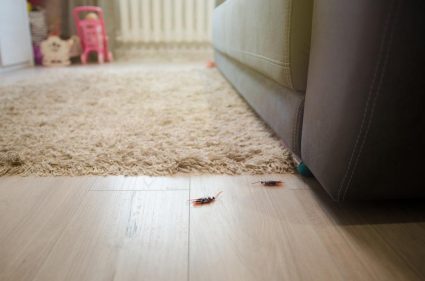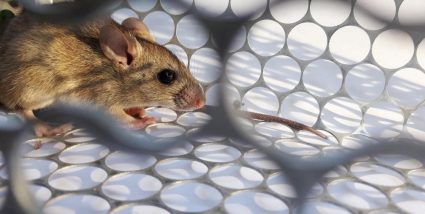
Fleas are notorious pests that can cause discomfort for both humans and pets. Understanding the favorable conditions for fleas to thrive, including the ideal temperature, can help in effectively managing and preventing flea infestations.
Fleas are most active and reproduce more quickly in temperatures ranging from 70°F to 85°F (21°C to 29°C). However, they can still survive in temperatures as low as 33°F (0.5°C) for up to 5 days and in temperatures as high as 95°F (35°C). Their activity increases with temperature fluctuations, especially in warm and humid conditions.
Ideal Temperature for Flea Activity
Fleas are most active and develop more quickly in temperatures ranging from 70°F to 85°F (21°C to 29°C). These conditions are perfect for their activity and reproduction. However, it is important to note that fleas can still survive in temperatures as low as 33°F (0.5°C) for up to 5 days and can be found on pets and wildlife throughout the winter.
Temperature Fluctuations and Flea Activity
Flea activity increases with temperature fluctuations, particularly in warm and humid conditions. As temperatures rise, flea and tick activity spikes, leading to a longer ectoparasite season. However, fleas can still survive in temperatures as low as 46 degrees Fahrenheit. Adult fleas do not withstand temperature fluctuations well, but pre-emerged adults residing in cocoons can. In general, flea activity decreases when temperatures start to cool, typically below 40-50 degrees.
The Role of Temperature in the Flea Life Cycle
Temperature plays a significant role in the flea life cycle, affecting the survival and development of fleas at various stages. Fleas thrive in temperatures between 70-85°F (21-29°C) and 70% humidity. However, adult fleas cannot survive in temperatures above 95°F (35°C) or below 46.4°F (8°C).
Immature fleas, which include eggs and larvae, are more susceptible to cold temperatures, requiring at least 55.4°F (13°C) to survive. Flea larvae develop more quickly at higher temperatures, preferring areas that are 70° to 90°F. Cold temperatures don’t kill flea eggs but slow down the life cycle, allowing fleas to hatch throughout the winter.
Survival and Reproduction of Fleas in Different Temperatures
Temperature significantly affects the survival and reproduction of fleas. Adult fleas can survive in temperatures ranging from 46.4°F (8°C) to 95°F (35°C). They die at temperatures colder than 46.4°F (8°C) and hotter than 95°F (35°C). Flea eggs are more resilient, requiring temperatures above 100.4°F (38°C) to die. Flea larvae cannot survive temperatures over 103°F (39°C) for more than one hour.
Fleas and Extreme Temperatures
Fleas can survive in a variety of temperatures, but extreme heat or cold can be lethal to them. However, they can still find ways to survive by seeking shelter, going dormant, or living on warm-bodied hosts. In cold weather, fleas can survive on warm-bodied hosts like pets and wildlife or in protected areas like carpets and bedding. Fleas can also become dormant in unfavorable conditions, waiting for more suitable temperatures to become active again.
Controlling Flea Infestations with Temperature
To control flea infestations, it is essential to maintain a clean environment, groom pets regularly, and use heat treatments when necessary. Washing and drying infested items at high temperatures, as well as steam cleaning at 140°F for over 10 minutes, can effectively kill fleas.
In conclusion, temperature plays a crucial role in flea infestations, with both hot and cold temperatures affecting their survival and reproduction. By understanding the relationship between fleas and temperature, we can create more effective strategies to prevent and control flea infestations.
Frequently Asked Questions
Can fleas survive in temperatures below freezing?
No, fleas cannot survive in temperatures below freezing. The adult fleas will die if the temperatures drop below 46.4°F (8°C), and the larvae cannot survive in temperatures below 55.4°F (13°C).
Does humidity affect flea activity?
Yes, humidity does affect flea activity. Fleas thrive in high humidity, around 70%. Low humidity levels can desiccate and kill flea larvae.
Can fleas survive indoors during winter?
Yes, fleas can survive indoors during winter. They can live on warm-bodied hosts like pets or in protected areas like carpets and bedding.
What temperature is lethal to flea eggs?
Flea eggs require temperatures above 100.4°F (38°C) to die. They are more resilient than adult fleas and larvae.
Can heat treatments kill fleas?
Yes, heat treatments can effectively kill fleas. Washing and drying infested items at high temperatures, as well as steam cleaning at 140°F for over 10 minutes, can kill fleas at all stages of their life cycle.











